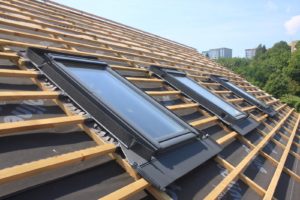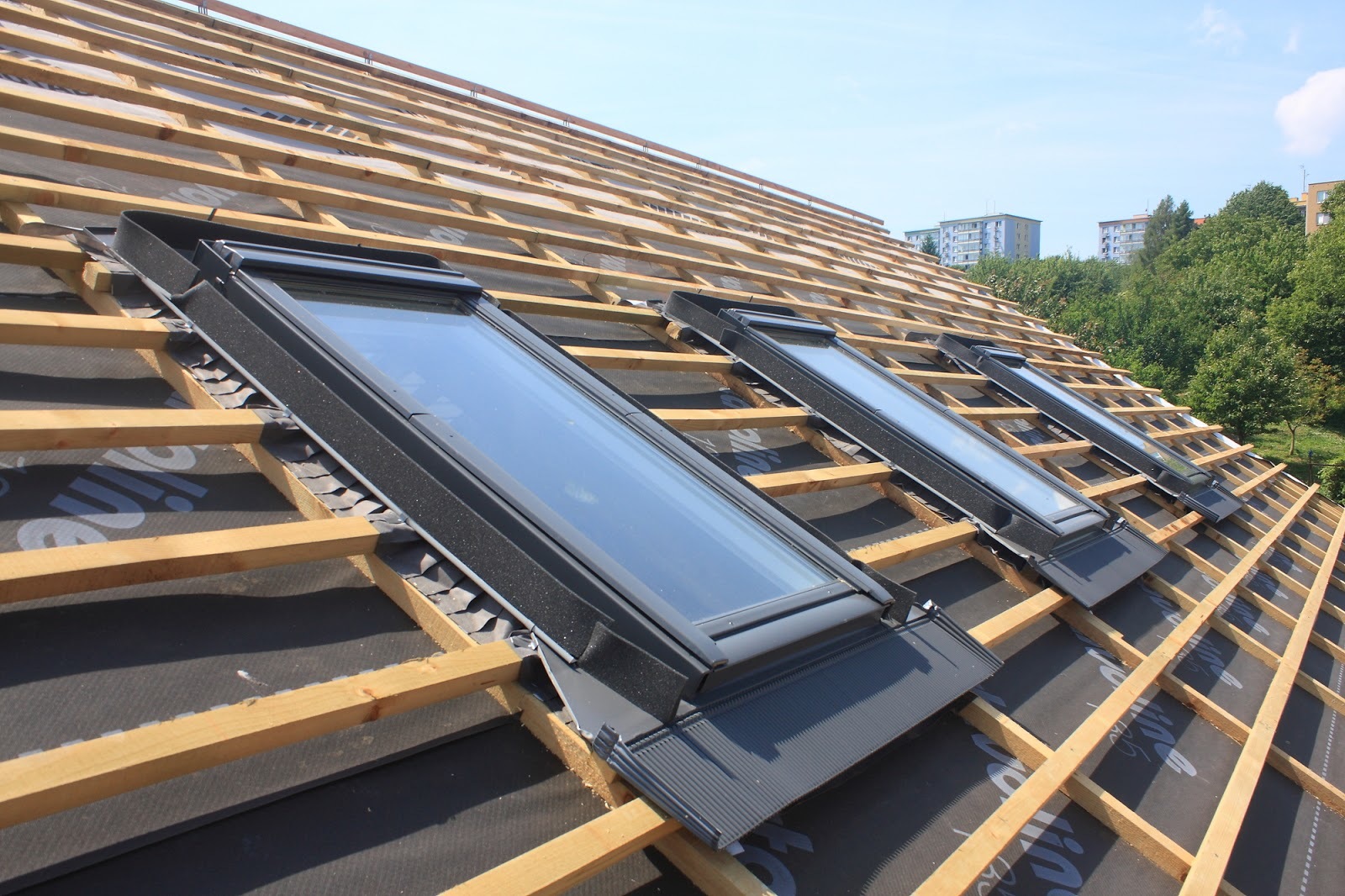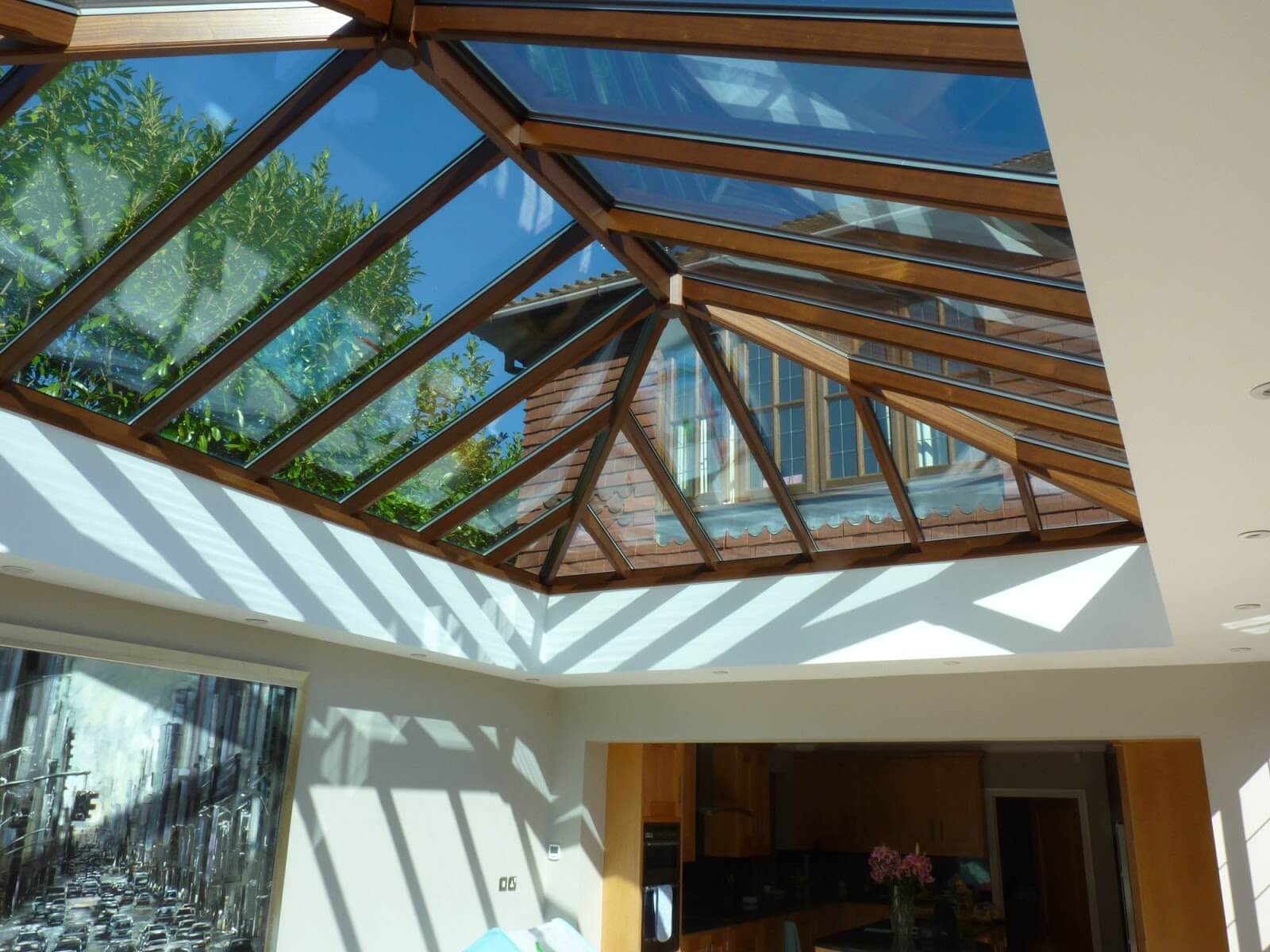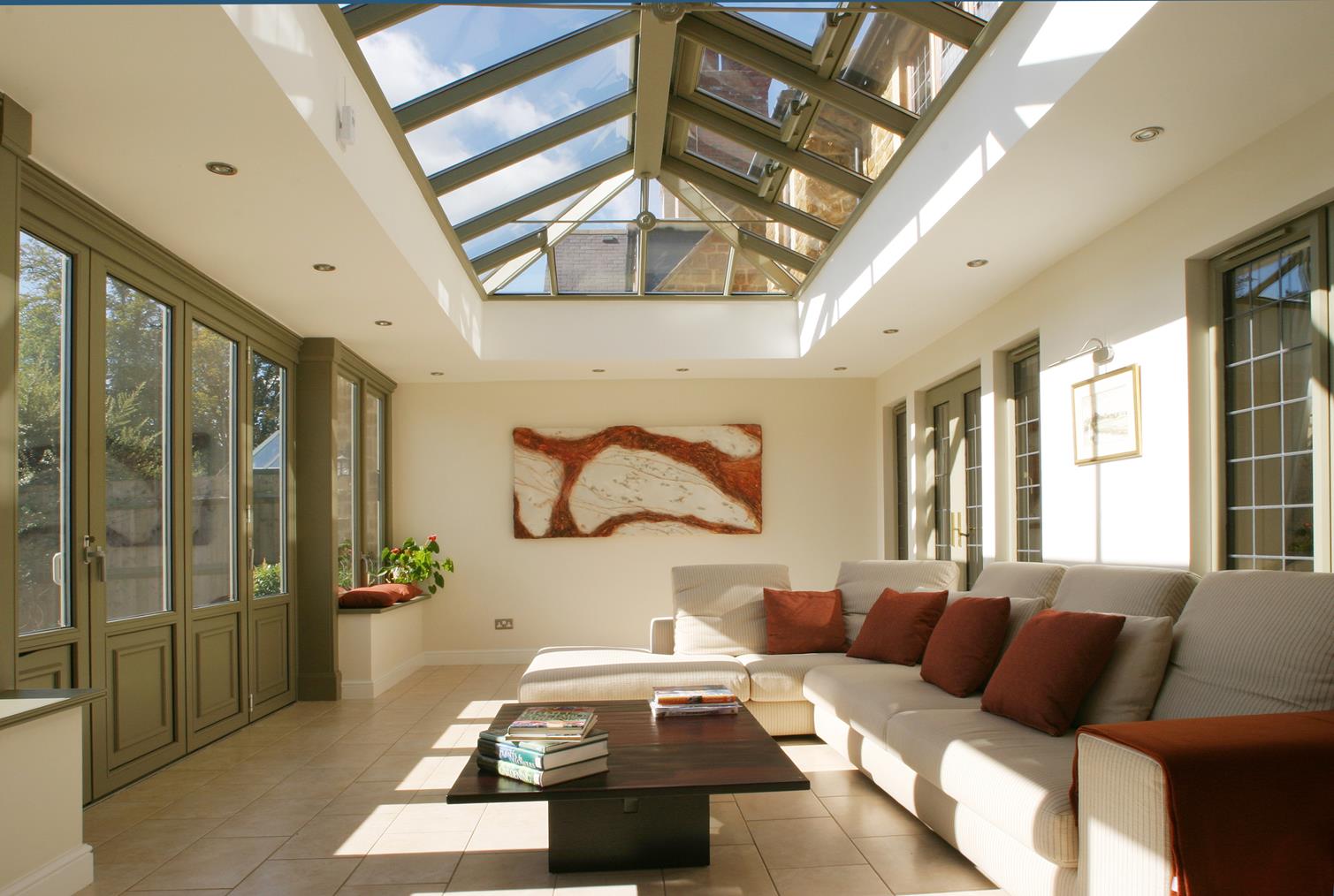Looking to add a touch of rustic charm or contemporary elegance to your home? A wooden roof lantern just might be the perfect architectural focal point. Let’s explore the warmth and character that wood lends […]
Unveiling the Distinction Between Roof Windows, Rooflights, and Skylights

If have a room in your house that is dark or dimly lit, or if you’ve got small windows that let in a fraction of the natural light that you crave, you might conduct an online search that throws up a wealth of results, namely several names for seemingly the same product.
So are they all the same? Because there can be some confusion between what the different terms actually are: roof window, rooflight and skylight, and which one is the best one for your home.
In essence, any glazed unit that sits in the roof and allows natural light to bathe the room below, is all the same thing. Call it what you want. It’s a window in the roof that lets in light.
However, saying that, there are a few differences that should be noted.
What is a roof window
A roof window is the easiest to define because it is covered under BS EN 14351-1:2010. This British standard decrees that a roof window must be installed at the same sloping plane as the roof, in orientation with it, at a minimum 15 degree pitch.
When you think of a roof window, think of Velux window and you won’t go far wrong.
All roof windows should be CE marked and manufacturers should provide a declaration of performance with each unit to show how they are expected to perform under different weather conditions. Because why would you want to install a product that is not going to be able to withstand heavy rain followed by brief spells of bright sunshine – hello Spring in the UK? Plus, you don’t want your roof window to fog up everytime the air temperature changes.
Roof windows are also only usually available in standard sizes, as stipulated by the manufacturer, which means they tend to be smaller than rooflights. Here at Roof Lanterns UK, we offer a wide range of roof windows for you to choose from.
-
Roof Window: A roof window, also known as a skylight or rooflight, is a window installed in a pitched roof that allows natural light to enter a building. Roof windows are typically hinged and can be opened to provide ventilation. They are available in a variety of sizes and styles to suit different architectural styles and preferences.
What is a skylight
According to Google, a skylight is a window installed in a roof or ceiling. Narrowing this down, if you look through the glazed space in your roof and you can only see sky, you’re well within your rights to call the window in your roof a skylight. Also, if you’re American you are more likely to call your window in your roof a skylight. It’s us Brits who might refer to a skylight as a rooflight.
What is a rooflight
A rooflight is a glazed unit that is typically installed on a flat roof. Rooflights are not hinged and cannot be opened, but they still provide natural light and ventilation. They are often used in commercial buildings, but they can also be used in residential applications.
Here at Roof Lanterns UK, we use the terms skylight and roof light interchangeably, as we consider them to be the same glazed product.
The skylights (or rooflights) manufactured by Roof Lanterns UK come in a wide variety of styles, suitable for all roof types, from domed to flat roofs. There is one point to note with our rooflights, we don’t tend to make them smaller than 500 x 500, however we can make them (as long as your requirements are bigger than that) to any size you desire.
The other great thing about our skylights is that they are made from timber or oak, and we can colour them or stain them to tie in with your other windows, or we can give them a lick of paint from our Farrow and Ball paint selection.
What are the benefits of having a window in the roof?
- You’ll open your home up by allowing in a wealth of natural light.
- If you’re after better ventilation in your home, you have come to the right place. By installing a non-fixed model, you can allow the air to circulate around your home much more freely.
- If you opt for a skylight, you could even make yours a walk-on one, perfect for lighting basement rooms without taking away any outside space.
- Roof windows have to meet certain thermal specifications, so you don’t need to worry about the thermal properties of your new window. If anything, it will make your home that much more energy efficient.
Benefits of Roof Glazing
-
Natural Light: Roof windows, rooflights, and skylights allow natural light to enter buildings, which can have a number of benefits for occupants, including:
- Improved mood and productivity
- Reduced eye strain
- Enhanced sense of space
- Lower electricity bills
-
Ventilation: Roof windows can be opened to provide ventilation, which helps to improve indoor air quality and remove stale air.
-
Energy Efficiency: Roof glazing can help to improve the energy efficiency of a building by reducing the need for artificial lighting and heating.
Types of Roof Glazing Materials
-
Glass: Glass is the most common type of roof glazing material. It is durable, transparent, and relatively inexpensive. However, glass can be brittle and break if it is hit by a hard object.
-
Polycarbonate: Polycarbonate is a type of plastic that is more impact-resistant than glass. It is also lighter and easier to install. However, polycarbonate can scratch more easily than glass.
-
Acrylic: Acrylic is another type of plastic that is similar to polycarbonate. It is also impact-resistant and lightweight. However, acrylic can yellow over time if it is exposed to UV radiation.
Factors to Consider When Choosing Roof Glazing
-
Roof Type: Roof windows are typically installed on pitched roofs, while rooflights are typically installed on flat roofs.
-
Budget: Glass is the most affordable type of roof glazing material, while polycarbonate and acrylic are more expensive.
-
Desired Aesthetic: Roof glazing is available in a variety of styles to suit different architectural styles.
-
Energy Efficiency: Some types of roof glazing are more energy-efficient than others. For example, roof glazing with a low-emissivity (Low-E) coating can help to reduce heat loss in the winter and heat gain in the summer.
In summary, while the terms roof window, rooflight, and skylight are often used interchangeably, they do have some differences in certain contexts, particularly relating to installation and sizing specifics. Roof windows specifically refer to sloped roof installations that meet certain standard dimensions and performance specifications. Rooflights and skylights more generally refer to any window unit installed in flat or sloped roofs to allow natural light into the interior space.
Ultimately, homeowners looking to enhance natural light and ventilation in their homes have a variety of roof window options available in the UK market from well known brands like Velux and Roof Lanterns. Key considerations in choosing the right solution include your roof type, desired sizes, thermal efficiency needs, and aesthetic style preferences that complement the rest of your home. Expert brands offer great customizability in materials, colors and opening mechanisms to suit this wide variety of residential needs. By understanding these roof window varieties and installation particulars covered in this guide, readers can make the optimal selection tailored to their unique space and daylighting goals.
FAQ
What is the difference between a roof window, rooflight, and skylight?
- Roof windows specifically refer to window units installed on sloped roofs at a minimum 15 degree pitch, aligned with the roof plane. They must meet certain British standards and performance specifications.
- Rooflights and skylights are often used interchangeably to refer more broadly to any glazed skylight unit installed on a flat or sloped roof.
What are the standard sizes for roof windows?
- Roof windows usually come in standard sizes stipulated by the manufacturer. They tend to be smaller, often with dimensions less than 1 meter width/length.
What sizes are available for rooflights and skylights?
- Rooflights and skylights can be customized to much larger dimensions based on project needs, sometimes exceeding multiple meters in width/length. Minimum size is often around 500mm x 500mm.
What are the benefits of installing roof windows?
- Key benefits include allowing more natural light into interior spaces, improved ventilation and air circulation, enhanced energy efficiency, and customizable styles to complement home aesthetics.
Should I install a roof window, rooflight or skylight?
- Choice depends on your roof type (flat or sloped) and desired placement. Roof windows suit sloped roofs, while rooflights/skylights have more flexibility for flat roof installations.
What custom options are available for skylights and rooflights?
- Leading UK brands offer rooflights and skylights customized in materials (oak, timber), colours, opening mechanisms, walk-on capacity, and integration with home interiors.
Finally, which one should I go for? a rooflight or a roof window?
This depends on where you are planning on installing it. If you are looking at putting a window into a flat roof, you’ll want a roof light, if on the other hand you want to open up a space on a pitched roof, you’ll be needing to install a roof window.
For any further enquiries get in touch today.







